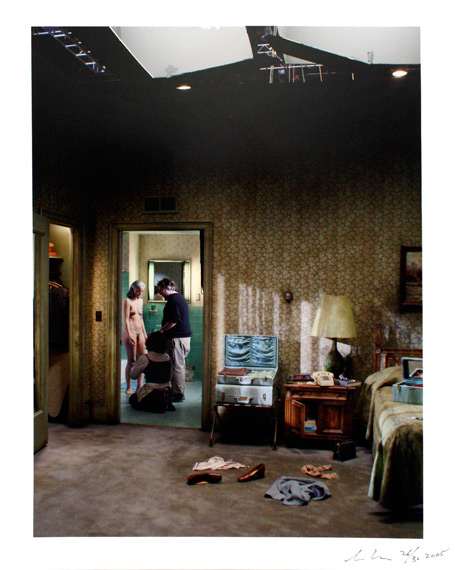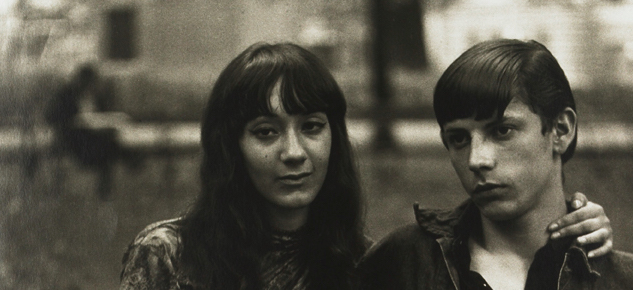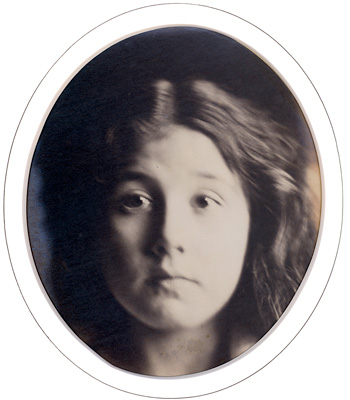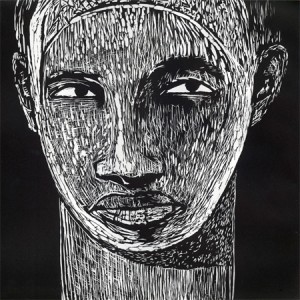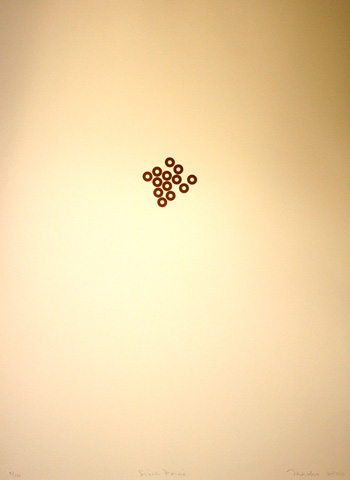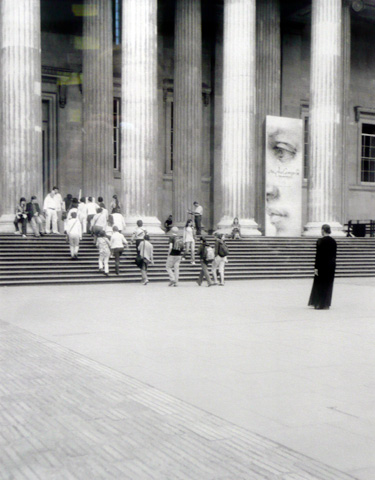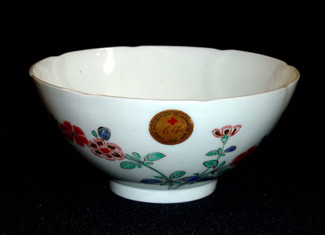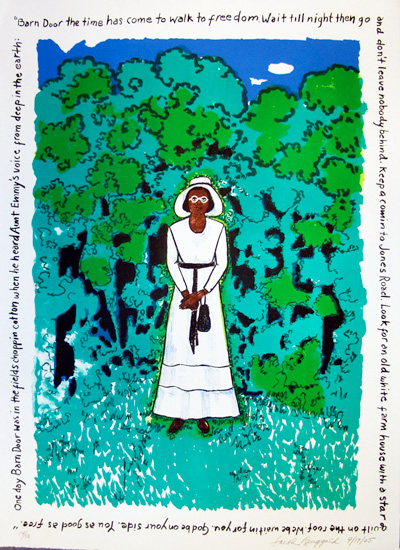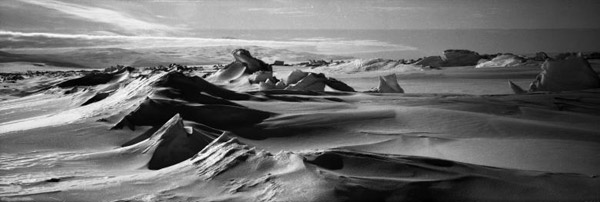Essays on Artists & Acquisitions (page 7)
Gregory Crewdson
Contemporary photographer Gregory Crewdson doesn’t take pictures. Instead, he spends several months meticulously planning surreal and elaborately staged scenes of American homes and neighborhoods. Building his stage sets from scratch, his large-scale photographs require a crew of 40 to 50 people to set up the detailed and suspenseful scenes, including lighting, set designers, and even casting directors.
Read MoreDiane Arbus
Diane Arbus often established connections between the strangers whose portraits she chose to capture. Visiting their homes and learning about their private lives, Arbus still managed to include a mysterious aspect in all of her photographs that make the viewer wish to engage with the subject in the same manner that Arbus did.
Read MoreJack Delano
With his camera, Delano captured valuable historical events, and in doing so, he gave voice to those most affected by tragedy. In 1939, he was commissioned by the Farm Security Administration’s (FSA) photography project, a governmental effort to record and understand the effects of policy reform on small-town America.
Read MoreJulia Margaret Cameron
In 1863, Julia Margaret Cameron, one of Victorian England’s most renowned women photographers, received her first camera at the age of 48. Given her age and gender and the time period she was living in, Cameron was not expected to contribute much to photography as an art form. However, her skill and persistence made her photographs some of the most iconic images of the Victorian era.
Read MoreSamella Lewis
The face in I See You is backed by solid black and defined in white. If one observes the image from a short distance, a stark black/white dichotomy is evident (look, for example, at the whites of the figure’s eyes), but when one looks from farther away, the lines blur, and the face appears to be in grayscale. Considered in light of Dr. Lewis’s trailblazing work as a Black artist, this phenomenon might be interpreted as a commentary on race relations in the 21st century.
Read MoreNancy Macko
Nancy Macko’s interest in the science of bee societies led to a curiosity in mathematics, which in turn resulted in her exploration of the intersection of math and art. In her recent work, Macko has explored prime numbers and the phenomenon of prime deserts.
Read MoreCarrie Mae Weems
As Andrea Kirsh writes in “Carrie Mae Weems: Issues in Black, White and Color,” by the age of 27, Weems “had professional experience in modern dance; a progression of unskilled and semi-skilled jobs on farms and in restaurants, factories and offices; and extensive grass-roots political experience in socialist and feminist organizations.”
Read MoreFaith Ringgold
Ringgold is widely known as the author and illustrator of the Caldecott Honor Book, Tar Beach, which tells the story of young Cassie Louise Lightfoot, a character modeled after Ringgold herself, whose family spends the hot summer nights on the rooftop of its Harlem apartment building. Cassie dreams of flying over the city to be free of the hardships her family faces as African Americans in the 1930s. The story is ultimately one of hope and endless possibility as Cassie states: “anyone can fly. All you need is somewhere to go that you can’t get to any other way. The next thing you know, you’re flying among the stars.”
Read MoreJoyce Campbell
In 2005, Joyce Campbell, an interdisciplinary artist coming out of sculpture and most recognized for her photography, taught as a guest professor at Scripps College in 2005 and participated in the Ruth Chandler Williamson Gallery’s tri-annual Faculty Exhibition. Campbell, a native of New Zealand, received her Bachelor in Fine Arts in 1992 from Canterbury University and her Masters in Fine Arts with honors in 1999 from the University of Auckland, where she is currently a professor of fine arts.
Read More

